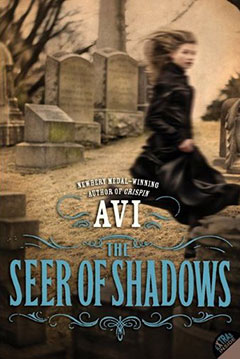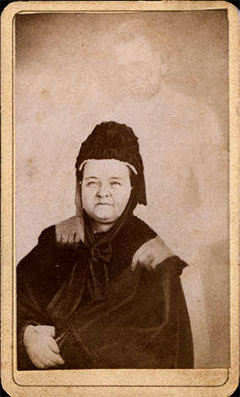 When you think of all the images you see there is no more ubiquitous art form than photography. The first photograph is thought to have been made in 1826 (1827?) but it took a long time for it to become accessible to vast numbers of people. I have long been interested in photography as a fine art, and for a good number of years had what was called a “dark room.”
When you think of all the images you see there is no more ubiquitous art form than photography. The first photograph is thought to have been made in 1826 (1827?) but it took a long time for it to become accessible to vast numbers of people. I have long been interested in photography as a fine art, and for a good number of years had what was called a “dark room.”
A dark room—for those who only know digital photography—is the place where photographic film was transformed into paper images. One stood in a darkened room (only red light) and worked with a projector, timer and a variety of chemicals, to create these images. You may believe me: There is something absolutely magical about this process. To watch an image bloom in a shallow bath of developer was truly exciting.
I took photo classes at the Rhode Island School of Design. The first (class) project I undertook was to photograph public writing-signs.
During the time I was most engaged with photography I wrote Who Was That Masked Man Anyway?—a book without any description—and City of Light, City of Dark, a graphic novel which depended on visual images. I don’t think this was a coincidence.

In the United States, in the post-Civil War period, photography really became popular—at least in a studio context. This was the time when “spirit photographs” came into vogue. These were photographs that reputedly caught images of spirits and ghosts. One of the most famous such photos was the ghost of Abraham Lincoln standing behind his widow, Mary Todd Lincoln.
Needless to say, such photos were hoaxes, but the public did not know how double exposure prints were made.
All this constitutes the background of my novel Seer of Shadows. The premise is simple: it is 1872 and a boy, Horace Carpenter, is apprenticed to Enoch Middleditch, a photographer who makes fake spirit images. But when Horace learns to take photographs, his images have true ghosts in them.
This is a ghost story to be sure, but it is also about race and revenge in New York City at that time.
It is also about early photography, and what I loved to experience in the mystic gloom of a dark room. For those of you who only know digital photography, Seer of Shadows will reveal what you have never seen.
FURTHER READING
“The Photographer Who Claimed to Capture Abraham Lincoln’s Ghost,” Dan Piepenbring, The New York Times. “William Mumler’s rise and fall in the late nineteenth century put him at the center of a debate over religion, fraud, and the material reality of our immortal souls.”
2 thoughts on “Story Behind the Story #53: <br>Seer of Shadows”
This is one of my favorite books you’ve written. Thank you for sharing the background.
My 7th Graders just finished this story and they loved it! We went on to read non-fiction articles about creating daguerreotypes and William Mumler’s spirit photography! They also really enjoyed Skyping with you Avi! Thank you for taking the time to answer questions and to inspire our students to be both readers and writers!